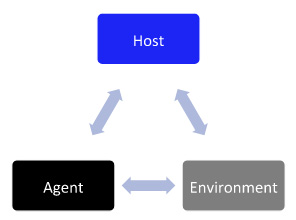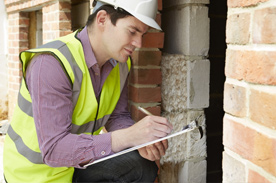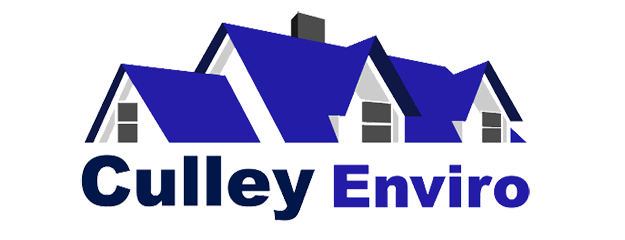Most testing and mold assessments usually start with an inspection (gathering of information) followed by an investigation strategy. The American Conference of Governmental Industrial Hygienists publication, Bioaerosols Assessment and Control, points out that the strategies used to study bioaerosol-related problems can play a role in how completely they understand the what is happening in a residence or work environment. Mold consultants and mold testing companies strive to understand how the host (occupant/worker) and an agent (bioaerosol like mold) leads to contact and possibly an effect on the host.
A simple example of this would be a client (host) who has discovered fungal growth (agent) in an isolated area such as a closet (environment) which has been there for an extended period. The mold growth has gone dormant but still has spores which are potentially health issues for some humans. The client discovers the mold when they are looking for something or cleaning out the closet.
A more complex example would be workers (hosts) in an office setting are experiencing allergic symptoms such as sneezing or runny noses when mold (agent) is blowing through an HVAC system ducting system (environment). Since some of the workers are not affected by the mold, it may come down to a few who are sensitive to mold which is about 10% of the population.

Another way to look at the issue is this:
The source (agent/mold) is growing or has grown in the crawlspace of a home. The HVAC system ducting (pathway) is located in the crawlspace and is old and the ducting has holes or tears that allow particulate to be picked up and carried to the host (homeowner) through the supply lines. A house mold inspection can identify and alleviate the problem.

The gathering of information includes:
- Health Assessment – A mold inspection service will determine if the symptoms occupants report appear to be building-related and if symptoms and building conditions could be associated with biological agents.
- Bioaerosol Assessment – Determine if the building’s history suggests a potential for a bioaerosol problem. Identify biological agents that could be found in the building or residence that could cause the reported symptoms.
- Building Assessment – Inspect the structure (either home or office). Note the damp areas, signs of water damage, potential sources of biological agents, and possible mechanisms for bioaerosol and transport.
Formulate hypotheses:
- Theories – Construct plausible hypotheses using available information about a) occupant complaints and potential causes, b) possible sources of bioaerosol agents, and c) the building environment. Seek additional information from appropriate experts and published literature if necessary.
Test Hypotheses
- Environmental Data – Collect and analyze relevant environmental information. Identify the fundamental factors responsible for the presence of biological agents.
- Bioaerosol Data – As needed, consult experts. Develop a sampling plan, and collect and analyze relevant air and source samples for specific bioaerosols (mold).
- Medical and Epidemiological Data – As needed, suggest client consult medical professionals, toxicologists, and epidemiologists. Collect relevant data from professionals and/or client. We are not doctors and do not provide medical information or opinions.
Interpret Data
- Data Assessment – If data supports a hypothesis, proceed to identifying solutions such as black mold removal. Otherwise discard disproven hypotheses, formulate new ones and collect data to test these.
Make Recommendations
- Repair and Prevention – Repair causes of excess moisture and conditions contributing to the presence of bioaerosol agents (mold, TVOCS). Clean contaminated materials and remove materials that cannot be reclaimed. Implement measures to prevent a recurrence of bioaerosol-related problems. Revisit site to confirm that control measures are in place and are effective after clean-up has been completed.

